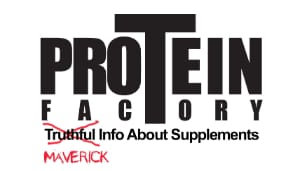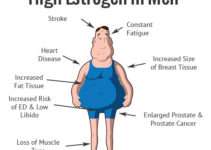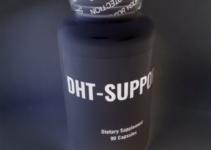By Nelson Montana
The use of herbal drugs for the treatment of liver diseases has a long tradition in many eastern countries. In western nations, however, such compounds are met with suspicion, for various reasons. In some cases, the effects of herbal remedies are difficult to gauge. Obviously a drug will work for consistently. There’s also reluctance from the pharmaceutical companies who want to keep cheaper alternatives from interfering with the hugely profitable sale of drugs. But over the last few years, the accessibility without the need for laborious pharmaceutical synthesis has drawn increased attention towards herbal medicines. Few herbal preparations exist as standardized extracts with major known ingredients or even as pure compounds, but one herb that has been used to treat liver disease has made the medical community stand up and take notice. It’s Picroliv , and not only has it been shown to have proven antioxidant, antiviral and anticarcinogenic properties, it can serve as primary compounds for further development as hepatoprotective drugs. Picroliv is the one substance that has been proven not to protect the liver or help remove toxins, but to actually increase the regeneration of damaged cells. That is significant.
STUDIES:
After partial hepatectomy in rats certain biochemical parameters in liver registered a maximal increase at varying periods of time, glutamate oxaloacetate transaminase , glutamate pyruvate transaminase, lipid peroxides DNA, RNA and acid ribonuclease, acid phosphatase cytochrome. When partial hepatectomy was performed in rats fed 12 mg/kg body weight picroliv once daily for 7 days, the rate of recovery was faster. These results indicate that picroliv stimulated regeneration of liver.
In another study Picroliv was shown to provide significant protection against liver damage in rats by hepatotoxic chemicals including common OTC pain killers such as aspirin, acetaminophen and naproxin. Present investigation was undertaken to evaluate the effect of picroliv a on partially hepatectomized liver of rats macromolecular levels, DNA, RNA synthesis and mitotic figure as indices of regeneration. This is of particular interest to bodybuilders who use anabolic that strain the liver since Picroliv can prevent damage as well as repair it.
The AMA has recently stated that Picrorhiza can be used effectively to treat jaundice and hepatitus. (All conditions that either effect the liver or a malfunctioning liver will fail to prevent.) It has even been shown to kill certain cancer cells in laboratory animals.
Interestingly, Picroliv may also be useful in the treatment of vitiligo, a skin pigment disorder. Thirty patients with vitiligo between six and 42 years of age have undergone experimental therapy with Picroliv. Twenty-seven patients responded with improvement in their vitiligo condition. It has been postulated that the effectiveness of Picroliv in vitiligo may be due to its combined anti-inflammatory and hepatoprotective actions.
All in all, it seems that picroliv can be a tremendous asset to anyone looking to protect their liver or as an aid in the recovery of liver damage and disease.
Picroliv is not a common herb that can be found in most health food stores, but it is one of the main ingredients in Protein Factory’s POST CYCLE
Red: Nayampalli, S. S. et al. (198X) a Comparative Study of Diuretic Effects of Tinospora cordifolia and Hydrochloronthiazide in Rats and a Preliminary Phase I Study in Human Volunteers. J. Post. Med. 34(4); 233-236.]
[PubMed – indexed for MEDLINE]
Indian journal of Pharmacology.
“Early signs and symptoms of LIVER disease”
^ “Coagulopathy in liver disease”. Current Treat Options Gastroenterol 10(6): 464–73. 2007.
^ YashRoy R.C. (2000) Salmonella 3,10:r:- toxicity in rabbit ileum and liver by light and electron microscopy Indian Journal of Pathology and Microbiology, vol. 43(1), pp. 17-22.https://www.
Alex Rogers is a supplement manufacturing expert. He has been formulating, consulting, & manufacturing dietary supplements since 1998. Alex invented protein customization in 1998 & was the first company to allow consumers to create their own protein blends. He helped create the first supplement to contain natural follistatin, invented whey protein with egg lecithin, & recently imported the world’s first 100% hydrolyzed whey.






